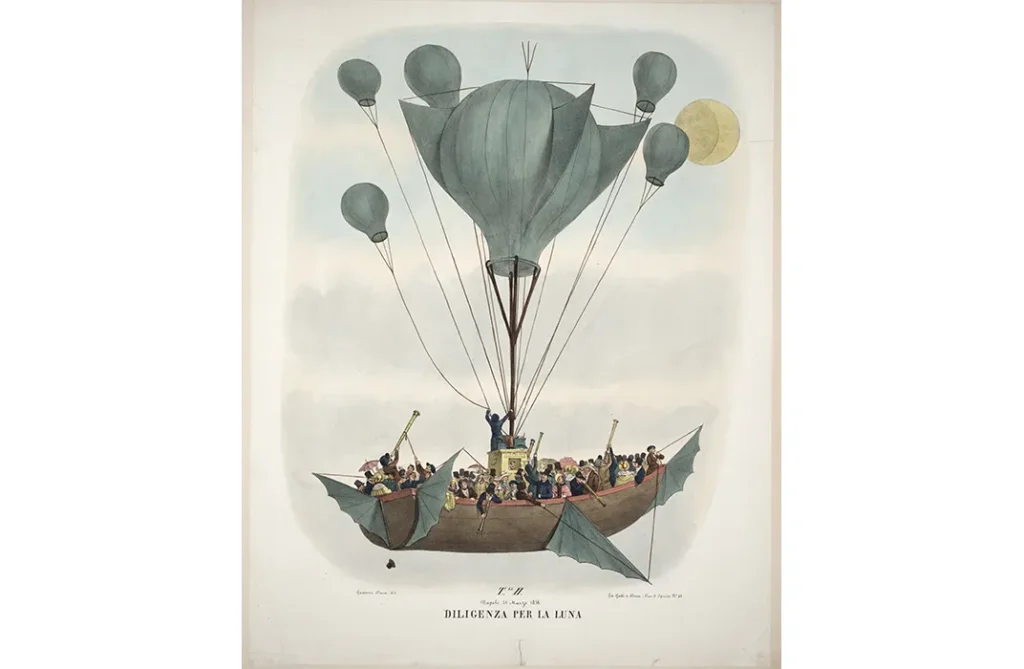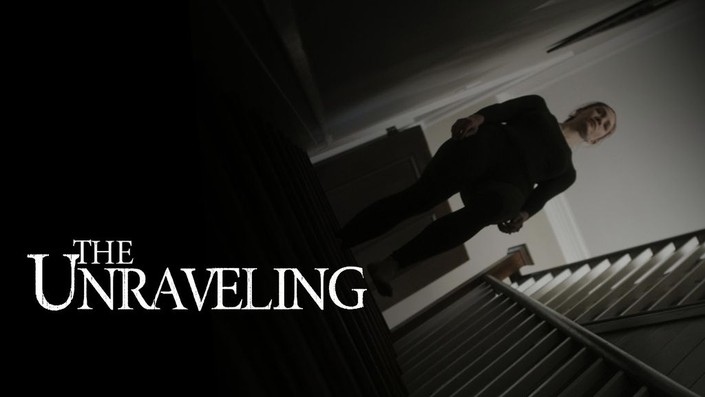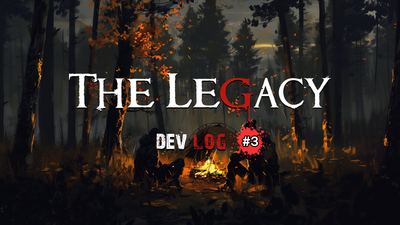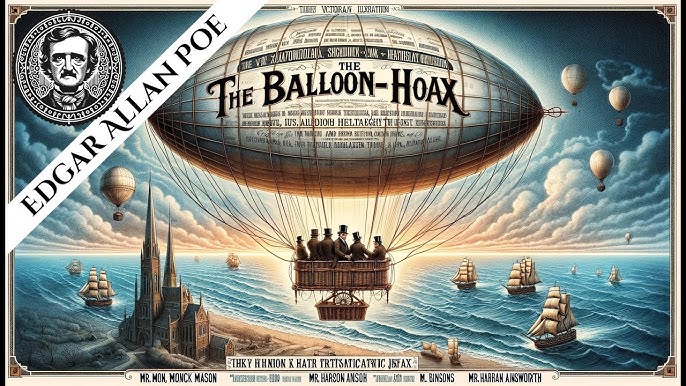In the summer of 1859, a curious tale unfolded that would capture the imagination of a nation and blur the lines between reality and fiction. It was a time when the skies were filled with the promise of adventure, and the dawn of a new era was upon us. The Great American Balloon Hoax, as it would come to be known, was a masterful blend of audacity, creativity, and the insatiable human desire for exploration. This story not only reflects the spirit of its time but also serves as a reminder of how easily belief can be manipulated in the age of sensationalism.
The Setting

The stage was set in the bustling city of New York, where newspapers were the lifeblood of information and entertainment. Among them was the *New York Sun*, a publication known for its sensational headlines and captivating stories. In an era when the boundaries of science and fiction were still being defined, the public was eager for tales of adventure, discovery, and the miraculous.
The mid-19th century was marked by rapid advancements in technology and a burgeoning interest in science. The Industrial Revolution was transforming society, and people were increasingly fascinated by the possibilities of flight. Ballooning, in particular, captured the public’s imagination. Hot air balloons had become symbols of adventure, and daring aeronauts were celebrated as pioneers of the skies.
The Hoax Begins

On April 13, 1859, the *New York Sun* published an article that would send shockwaves through the city and beyond. Titled “Great Astronomical Discoveries,” the article claimed that a daring balloonist named John Wise had embarked on a remarkable journey across the Atlantic Ocean in a magnificent hot air balloon. The story described Wise’s incredible adventures as he soared above the clouds, encountering strange creatures and witnessing the wonders of the heavens.
The article was filled with vivid descriptions and fantastical details that painted a picture of a world where anything was possible. It spoke of Wise’s balloon being constructed with cutting-edge technology, featuring a massive gas bag that could lift the weight of a small house. The narrative included accounts of Wise’s encounters with celestial beings, his observations of the moon’s surface, and even his interactions with inhabitants of the planet Venus.
The story was so compelling that it blurred the lines between fact and fiction. Locke, the author of the article, crafted a narrative that was both entertaining and believable, tapping into the public’s fascination with the unknown. The article was accompanied by illustrations that added to its allure, depicting Wise’s balloon soaring majestically through the clouds.
The Public’s Reaction

The response to the article was immediate and overwhelming. People flocked to newsstands, eager to read about Wise’s incredible journey. The story spread like wildfire, capturing the attention of not only New Yorkers but also readers across the nation. The *New York Sun* saw a surge in sales, and other newspapers scrambled to cover the sensational tale.
As the days passed, public excitement grew. Lectures were held, and discussions erupted in salons and taverns, with people speculating about the possibilities of balloon travel and the wonders of the universe. Scientific societies began to take notice, and even prominent figures in the scientific community expressed interest in the feasibility of such an expedition.
The story reached a fever pitch when Wise was said to have landed in the remote wilderness of the Adirondack Mountains after his journey. Reports claimed he was discovered by a group of local hunters, who described his wild tales of adventure and exploration. The public was entranced; the prospect of human flight seemed closer than ever.
The Unraveling

However, as with all great tales, the truth was lurking just beneath the surface. A few keen observers began to question the authenticity of the story. They noted inconsistencies in the details and the lack of any tangible evidence to support Wise’s supposed journey. As skepticism grew, the *New York Sun* continued to publish follow-up articles, each more extravagant than the last, further fueling the frenzy.
It wasn’t long before the hoax began to unravel. On April 19, just days after the initial publication, a rival newspaper, the *New York Times*, exposed the story as a fabrication. They revealed that John Wise had never left the ground, and the entire account was a clever ruse concocted by the *New York Sun*’s editor, Richard Adams Locke. The revelation sent shockwaves through the public, leaving many feeling duped and betrayed.
Locke’s motivations for the hoax were complex. He aimed to boost the *New York Sun*’s sales and establish it as a leading newspaper in a competitive market. By creating a sensational story that captivated the public’s imagination, he succeeded beyond his wildest dreams. However, the fallout from the exposure was swift and severe.
The Aftermath

Despite the exposure, the Great Balloon Hoax had a lasting impact. It served as a cautionary tale about the power of the press and the susceptibility of the public to sensationalism. The incident sparked debates about ethics in journalism and the responsibility of newspapers to provide accurate information. It also highlighted the human fascination with the unknown and the lengths to which people would go to believe in something extraordinary.
In the years that followed, the story of the Great Balloon Hoax became a part of American folklore, a reminder of a time when dreams of flight were just beginning to take shape. It inspired countless tales of adventure and exploration, igniting the imaginations of future generations. The incident also prompted discussions about the nature of truth in journalism, leading to calls for greater accountability and integrity in reporting.
Interestingly, the hoax also had a positive effect on the field of ballooning. The public’s fascination with the story led to increased interest in actual ballooning expeditions. Aeronauts began to take to the skies in real-life attempts to explore the heavens, inspired by the very tales that had once been fabricated. It was a paradoxical outcome, where a lie inspired a truth.
The Legacy

The legacy of the Great Balloon Hoax extends beyond its immediate impact. It serves as a poignant reminder of the power of storytelling and the importance of critical thinking. In an age where information is disseminated rapidly through various channels, the lessons from this incident remain relevant. The hoax underscores the need for consumers of media to question the narratives they encounter and to seek out credible sources of information.
Moreover, the story reflects the timeless human desire for exploration and discovery. The Great Balloon Hoax may have been a fabrication, but it tapped into the very essence of what it means to be human, the yearning to reach for the stars, to push the boundaries of what is possible, and to dream of adventures that lie beyond the horizon.


